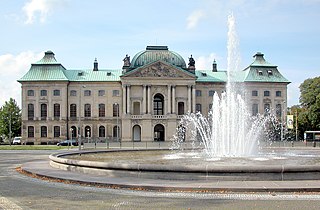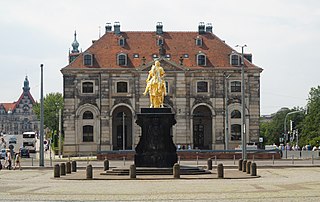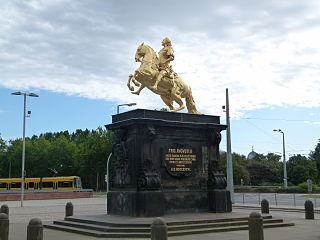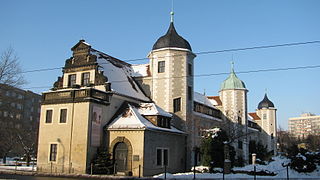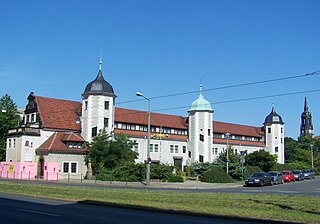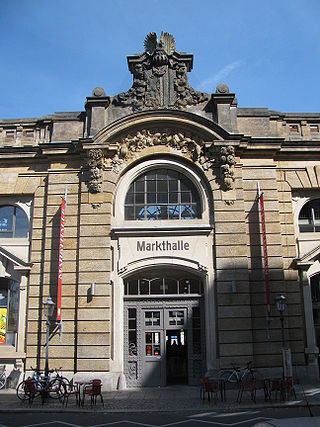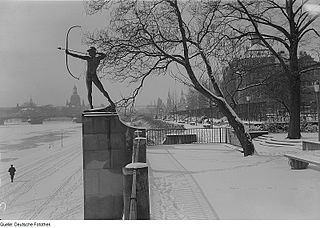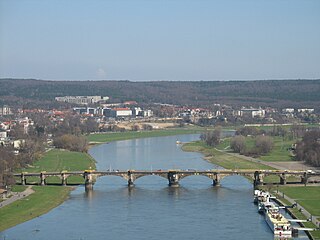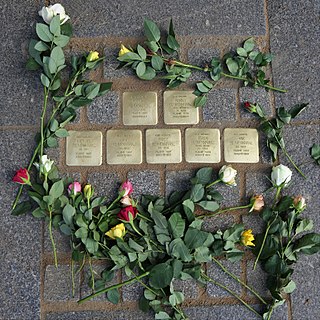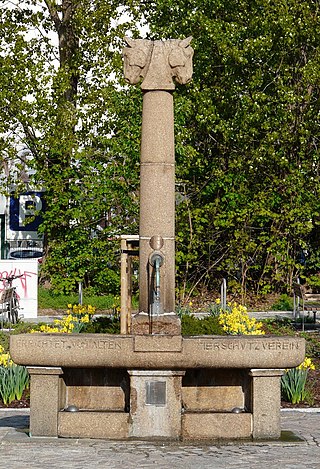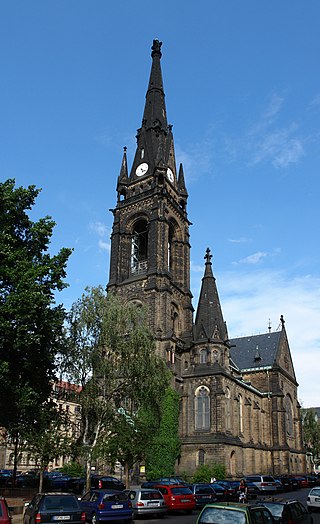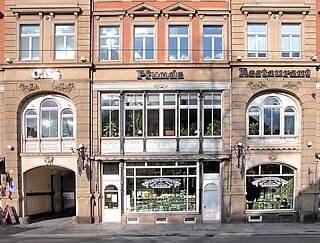Self-guided Sightseeing Tour #6 in Dresden, Germany
Legend
Guided Free Walking Tours
Book free guided walking tours in Dresden.
Guided Sightseeing Tours
Book guided sightseeing tours and activities in Dresden.
Tour Facts
4.7 km
67 m
Experience Dresden in Germany in a whole new way with our free self-guided sightseeing tour. This site not only offers you practical information and insider tips, but also a rich variety of activities and sights you shouldn't miss. Whether you love art and culture, want to explore historical sites or simply want to experience the vibrant atmosphere of a lively city - you'll find everything you need for your personal adventure here.
Activities in DresdenIndividual Sights in DresdenSight 1: Museum für Völkerkunde Dresden
The Dresden Museum of Ethnology contains an ethnographic collection with more than 90,000 artefacts from all parts of the earth. It is part of the Dresden State Art Collections. Founded in 1875, the museum presents continually changing exhibitions in the Japanisches Palais, a Baroque building complex in Dresden, Germany.
Sight 2: Blockhaus
In Dresden, the Neustädter Wache on the west side of the Neustadt bridgehead of the Augustus Bridge is called a blockhouse. The free-standing building is located on Neustädter Markt, a few meters from the Goldener Reiter. The architect was Zacharias Longuelune.
Sight 3: Goldener Reiter
Get Ticket*The Golden Horseman is the name given to the equestrian statue of Augustus the Strong on the Neustädter Markt in Dresden. It is located in the central axis of the main street and the Neustädter Wache. The Golden Horseman is considered the most famous monument in Dresden and is one of the most important sculptures of the Dresden Baroque. The statue shows Augustus the Strong, Elector of Saxony and King of Poland, riding as a Roman Caesar in armour in a north-easterly direction to the Polish kingdom on a courbedding stallion.
Sight 4: Museum of Saxon Folk Art with Puppet Theater Collection
The Museum of Saxon Folk Art is a museum of local history in Dresden, Saxony, Germany. The collection is located in the Jägerhof in the Innere Neustadt.
Sight 5: Jägerhof
The Jägerhof is a building in Dresden and the oldest architectural monument in Dresden's Neustadt district. It is located east of the Neustädter Markt on Köpckestraße.
Sight 6: Neustädter Markthalle
The Neustädter Markthalle in Dresden is a market hall first opened on 7 October 1899 on Metzer Straße, corner of Hauptstraße in Neustadt. After a major renovation, the listed hall was reopened as a shopping centre in 2000.
Sight 7: Kleines Haus
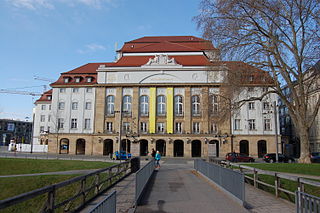
The Staatsschauspiel Dresden is a theatre in Dresden, Germany. It operates the Schauspielhaus and the Kleines Haus. The Staatsschauspiel emerged in 1983 from the Dresden State Theatre, which had its origins in the Royal Court Theatre.
Sight 8: Staudengarten
The Perennial Garden is a small park on the banks of the Elbe in the Inner Neustadt district of Dresden. It is located between the Saxon State Chancellery on Carolaplatz and the Neustadt bridgehead of the Albert Bridge on Rosa-Luxemburg-Platz. On the Elbe side, it is bordered by the lower-lying Elbe Cycle Path, and on the side facing away from the Elbe, Wigardstraße connects the two squares.
Sight 9: Albertbrücke
The Albert Bridge is the easternmost of the four Elbe bridges in Dresden's city centre, it was built in the 1870s. The 316-metre-long bridge is named after King Albert of Saxony. In GDR times, it was called the Bridge of Unity, commemorating the unification of the KPD and SPD (1946).
Sight 10: Joseph Fränkel
The list of stumbling stones in Dresden contains all stumbling stones that were laid in Dresden as part of the art project of the same name by Gunter Demnig.
Sight 11: Pferdekopfbrunnen
The Pferdetränkbrunnen is a fountain created in 1921 by Paul Polte on Bautzner Straße in the Dresden district of Äußere Neustadt. It is a listed building.
Sight 12: Martin-Luther-Kirche
The Martin Luther Church in Dresden's Neustadt is a church built in the late 19th century. It stands on Martin-Luther-Platz, which was built from 1879 onwards, in the middle of numerous Wilhelminian style houses.
Sight 13: Pfunds Molkerei
Get Ticket*The Dresden dairy Gebrüder Pfund is a landmark in Dresden and is located in the Outer Neustadt district. The milk shop is best known for its original hand-painted tiles from Villeroy and Boch. In November 1997, it was entered in the Guinness Book of World Records as the "Most Beautiful Milk Shop in the World". Today, you can buy regional products such as cheese, wine and care products.
Share
How likely are you to recommend us?
Disclaimer Please be aware of your surroundings and do not enter private property. We are not liable for any damages that occur during the tours.
GPX-Download For navigation apps and GPS devices you can download the tour as a GPX file.
